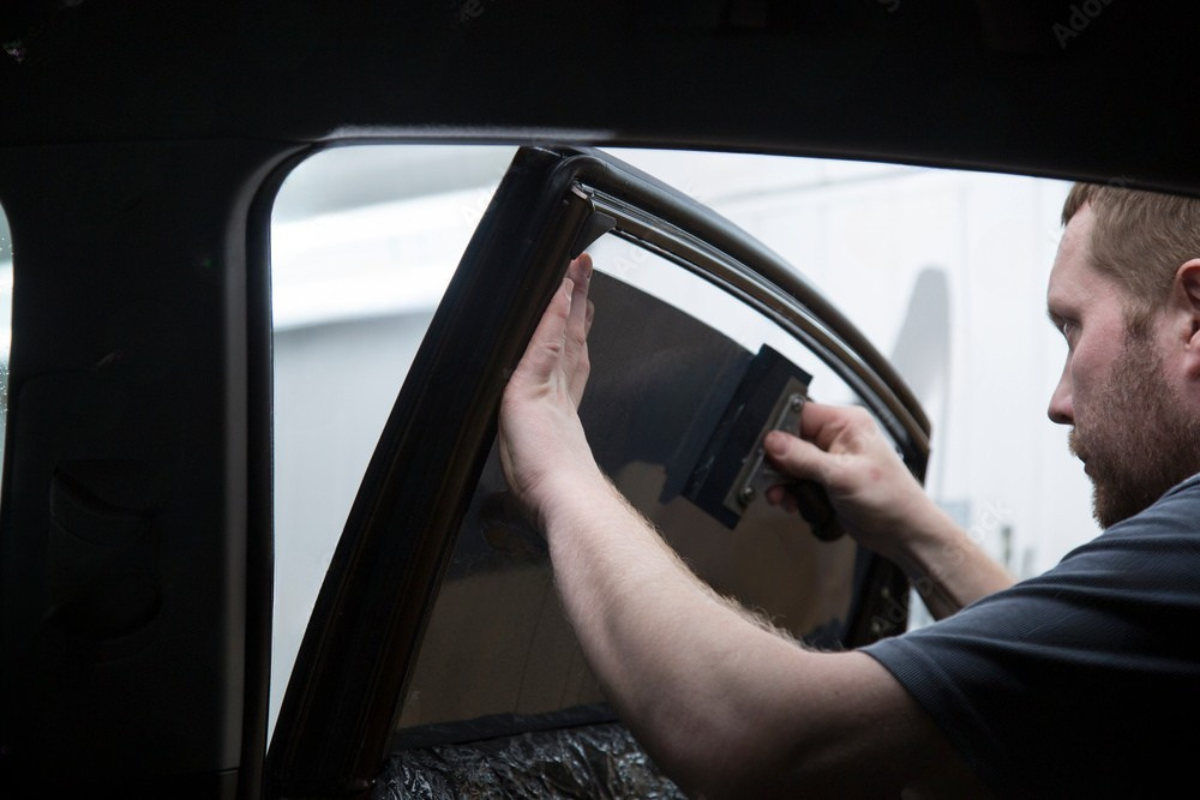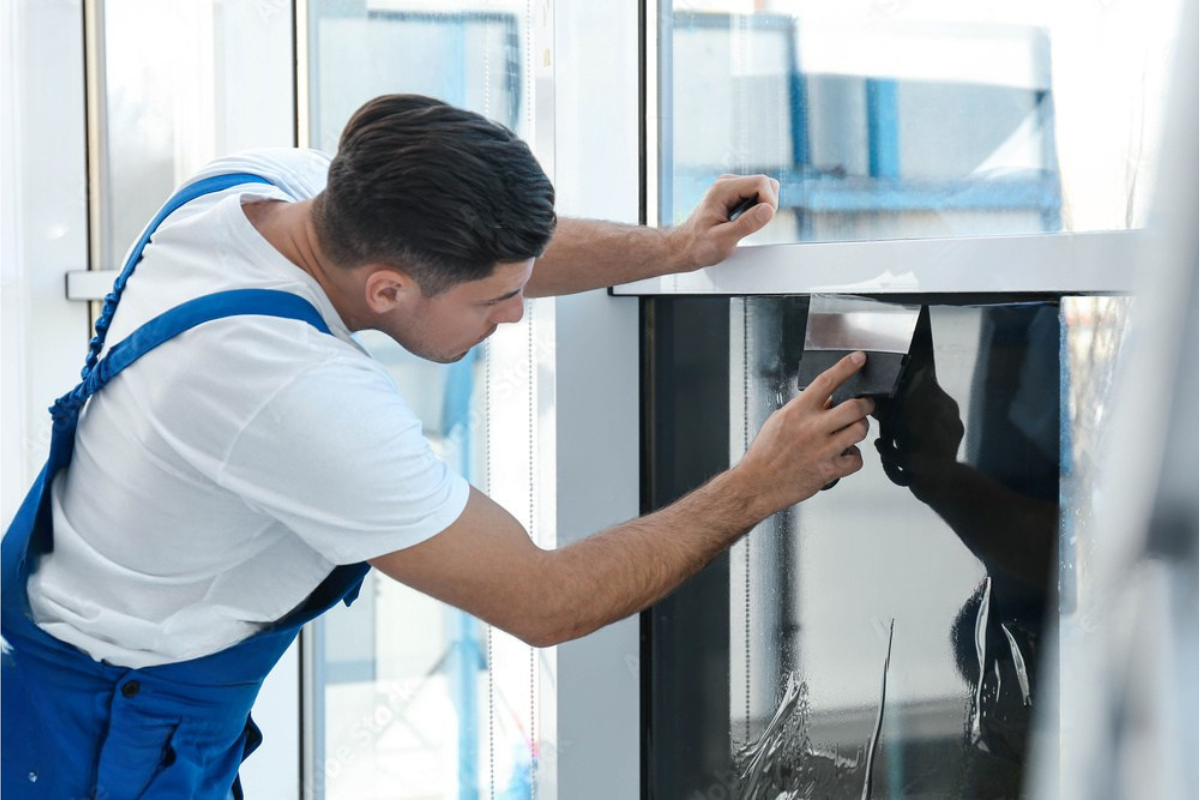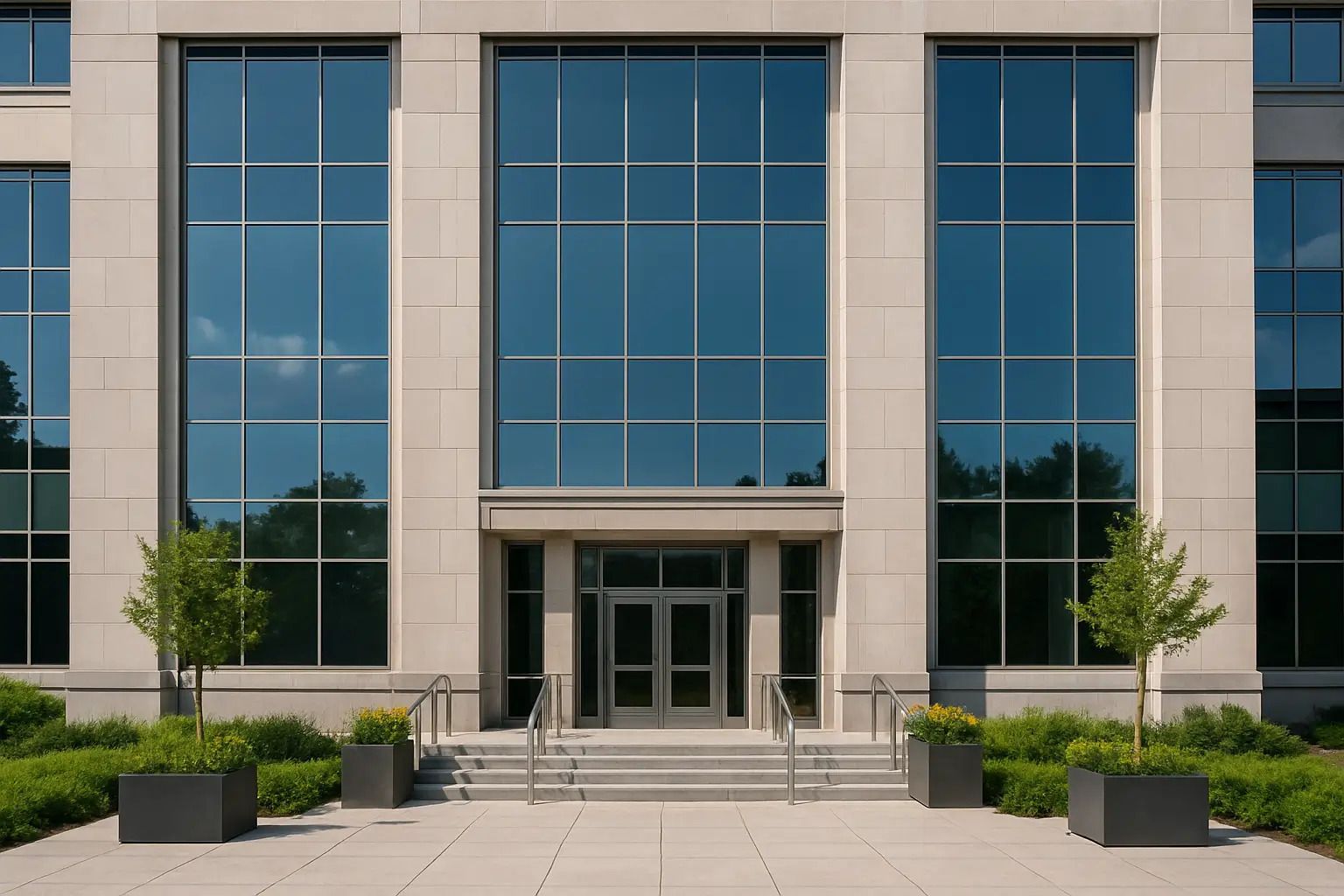Is Your Tint Legal? A Guide to LA’s Car Window Tinting Laws
Los Angeles is known for its sun-soaked skies, congested freeways, and the irresistible appeal of tinted car windows. While tinting provides much-needed protection against UV rays and adds a sleek aesthetic, it also walks a fine line between legal and illegal. And in LA, where the glare is high and enforcement is strict, not knowing the tint laws could lead to fines or worse. This article explores everything you need to know to answer one simple question: Is your tint legal in LA?
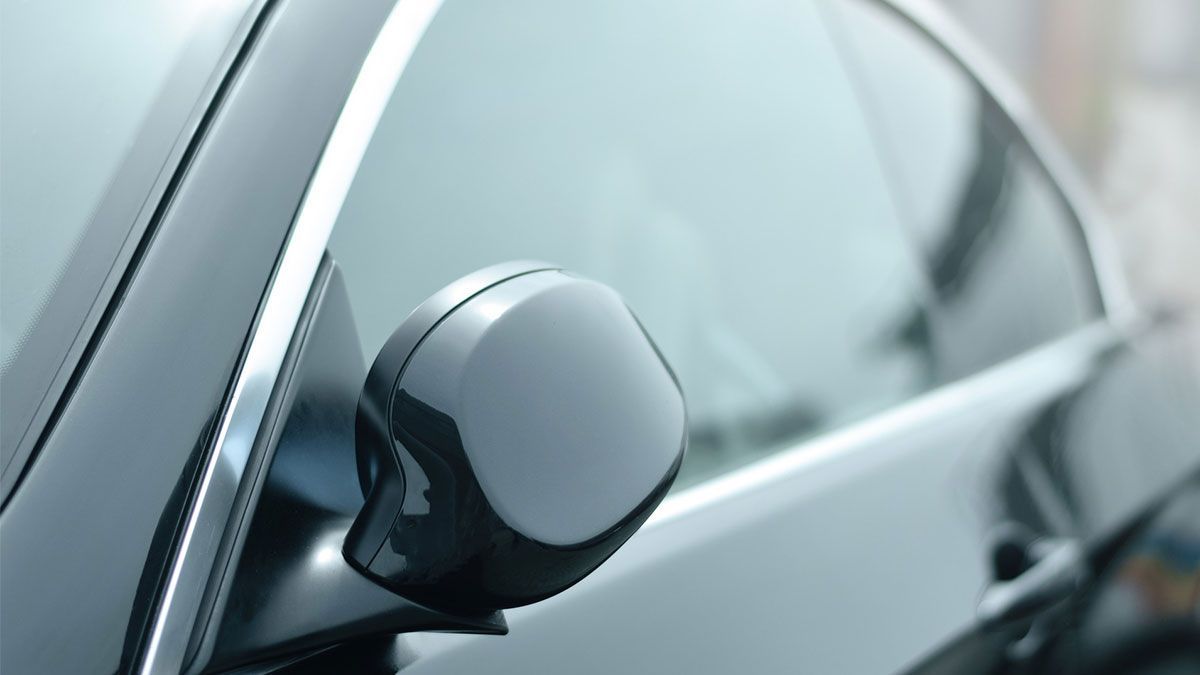
California Tint Laws Overview
At the state level, California’s tinting laws are governed by the California Vehicle Code Section 26708. These regulations specify where and how dark you can apply tint on your vehicle windows. The core rule is that front side windows must allow more than 70% of light in. However, other windows like the rear side or back windows are treated with a bit more leniency.
These laws exist not only to regulate aesthetics but to ensure the driver maintains adequate visibility and that law enforcement can safely see inside the vehicle during a stop.
Specific LA Window Tinting Regulations
While state laws apply statewide, enforcement and interpretation can differ in cities like Los Angeles. Local officers may be more vigilant, especially in high-traffic or high-risk neighborhoods. In practice, LA’s approach leans heavily on visibility and safety—if an officer can't see clearly inside your vehicle, you could be cited, regardless of how minimal your tint may seem.
Why These Laws Exist
The heart of tint regulation lies in safety and trust. Excessive window tint can:
- Impede the driver’s visibility, especially at night.
- Obstruct a police officer’s view during a traffic stop.
- Increase the risk in hit-and-run scenarios where identifying the vehicle is vital.
The law isn’t just about aesthetics or comfort—it’s about creating a safe, transparent environment for all road users.
Understanding VLT (Visible Light Transmission)
VLT stands for Visible Light Transmission, which measures how much light a tint lets through. A VLT of 70% means 70% of outside light can pass through the window. The lower the percentage, the darker the tint.
Here’s a quick VLT reference:
Tint Level VLT (%) Description
Clear glass 90–100% Fully transparent
Light tint 70% Barely noticeable
Medium tint 50% Noticeable, still transparent
Dark tint 35% Significantly darker
Limo tint 5%–20% Very dark, limited visibility
Tint Percentages Allowed by Law
California laws outline these key rules:
- Front Side Windows: Must allow over 70% of light.
- Back Side Windows: No restrictions for sedans; SUVs and vans have more flexibility.
- Rear Window: Permitted with dual side mirrors installed.
- Windshield: Only the top 4 inches (AS-1 line) can be tinted with a non-reflective material.
Front Side Window Tint Rules
This is the most commonly violated regulation. Your front driver and passenger windows must have a VLT of at least 70%. If factory tint already blocks some light, adding aftermarket film could make it non-compliant. Officers often carry tint meters to verify the percentage during traffic stops.
Rear Side Window Tint Regulations
California allows a bit more freedom here. Rear side windows can be tinted as dark as you like, provided the vehicle has dual side mirrors. This is particularly advantageous for SUV owners or privacy-focused drivers.
Back Window Tinting Guidelines
Just like the rear side windows, the back window can be tinted to any degree, but you must have dual side mirrors. Skipping this detail is a common oversight that can cost you in fines.
Windshield Tinting Rules
You can’t tint your whole windshield. However, a 4-inch strip at the top (often called an "eyebrow") is legal. It helps reduce glare without affecting visibility. It must be non-reflective and not extend below the manufacturer’s AS-1 line.
Medical Exemptions for Tint
California recognizes medical conditions such as lupus, melanoma, or photosensitivity as valid reasons for darker tint. However, these exemptions must be officially documented.
Documentation for Medical Exemptions
To legally drive with a medical tint exemption, you need:
- A certified letter from a physician or optometrist.
- DMV Medical Exemption form REG 195.
- The exemption must be in the vehicle at all times.
Commercial vs. Personal Vehicles
Commercial vehicles typically follow the same tint rules but may be subject to additional inspection requirements. Fleet vehicles often have less leeway when it comes to non-factory modifications.
Car Inspection and Tint Checks
Tint inspections often occur during routine traffic stops or smog checks. Law enforcement uses portable VLT meters to assess compliance. Failing a tint check can lead to a fix-it ticket, which requires you to correct the tint and prove compliance.
Penalties for Illegal Tint
Penalties include:
- Fix-it tickets (most common).
- Fines up to $197.
- Insurance implications if violations recur.
- Potential registration suspension for repeated offenses.
How to Remove Illegal Tint
You can remove illegal tint yourself using a heat gun and ammonia solution, or visit a professional tint shop. Removal is required for proof of correction on a citation.
Best Practices for Legal Tinting
- Always check VLT percentages before applying.
- Use a professional Window Tinting Service to ensure compliance.
- Ask for documentation of VLT levels and keep it in your car.
Factory Tint vs. Aftermarket Tint
Factory tint is embedded in the glass and usually complies with regulations. Aftermarket tint is applied as a film and more likely to violate laws if not installed properly.
UV Protection and Tint
High-quality legal tints can block up to 99% of UV rays. These films are often clear or lightly tinted, prioritizing health over aesthetics.
Tint Reflectivity Rules
California bans mirrored or highly reflective tints, which can cause glare for other drivers. Reflectivity should be similar to standard glass.
Color Restrictions on Tint
Red, amber, and blue tints are explicitly prohibited. Stick to neutral gray or smoke colors to remain compliant.
How Law Enforcement Tests Tint
Officers use handheld photometers. If your windows look too dark, you’re likely to be pulled over and tested on the spot.
Out-of-State Vehicles in LA
If you're visiting LA, your car must comply with California laws while driving in the state. That means even if your home state allows darker tints, you could still get ticketed in LA.
Modifying Existing Tint
You can lighten your existing tint with professional help or replace it with a compliant film. Avoid layering tints—it’s illegal and can damage your windows.
Choosing a Reputable Tint Installer
Make sure your installer provides:
- Proof of VLT measurement
- Warranty and compliance certificate
- Knowledge of California laws
Start with a verified Window Tinting Service for peace of mind.
DIY Tinting Risks
DIY kits may save money but come with risks:
- Uneven application
- Legal non-compliance
- Difficulty removing film
A small mistake could result in expensive citations.
Window Tinting Myths Busted
- Myth: "All tint is legal if it's clear."
- Fact: Even clear tint has VLT values.
- Myth: "Factory tint is always legal."
- Fact: Additional layers can break laws.
- Myth: "Cops don’t enforce tint laws."
- Fact: In LA, they do—and regularly.
LA Weather and Tint Demand
With over 280 sunny days per year, LA is a hotspot for tinting. Drivers seek relief from the relentless sun, but must balance it with legality.
Environmental Impact of Tint
Tinting reduces the need for air conditioning, cutting fuel usage and emissions—a win for your wallet and the planet.
Legal Window Tinting Solutions in LA
Want compliant tinting done right the first time? Contact a local expert Window Tinting Service for tailored advice and installation.
Need Help? Get in Touch
If you’re unsure about your current tint or need help with compliance, reach out via Contact.
FAQs
Is 20% tint legal in California?
No, 20% tint on front side windows is not legal. Only rear and back windows can have such dark tint if dual mirrors are installed.
Can I get a medical exemption for dark tint in California?
Yes, but you need a physician’s certification and must carry DMV Form REG 195 in your vehicle.
Will I get pulled over for tint in LA?
If your tint appears too dark or reflective, there’s a high chance you’ll be pulled over, especially in urban areas.
How do police check if tint is legal?
Officers use tint meters that measure VLT. If it’s below legal limits, you’ll receive a citation.
Is factory tint different from film?
Yes. Factory tint is dyed into the glass and usually legal, while aftermarket film may violate laws if too dark.
Do out-of-state vehicles need to follow California tint laws?
Yes. When driving in California, your vehicle must comply with California's laws regardless of where it’s registered.
Conclusion
If you’ve ever squinted into the LA sun or cruised Sunset Boulevard with tinted windows, you understand the appeal. But beauty and comfort shouldn’t come at the cost of legal trouble. By understanding and respecting LA’s car window tinting laws, you can enjoy the benefits without the stress of citations. Whether you're installing new tint or reassessing existing film, the key to staying road-legal is knowledge and professional guidance.
Links:


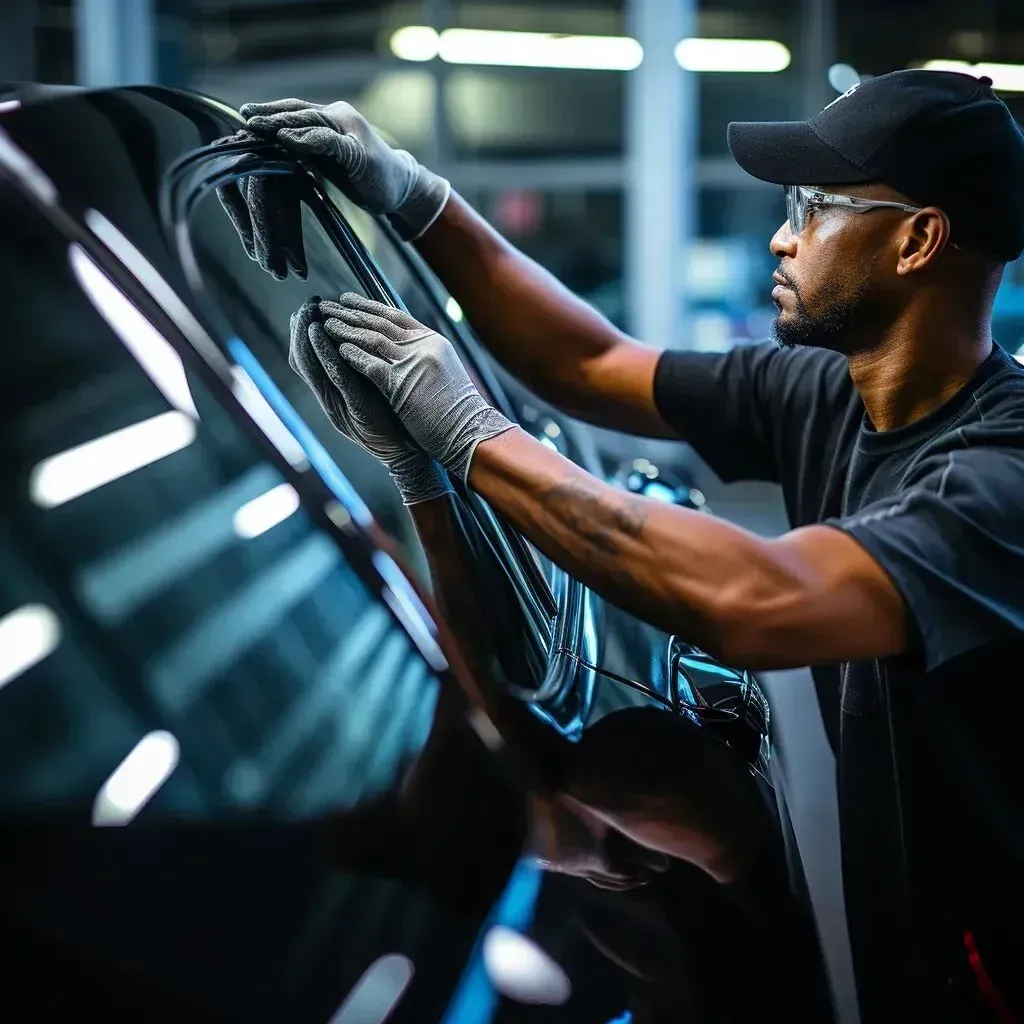
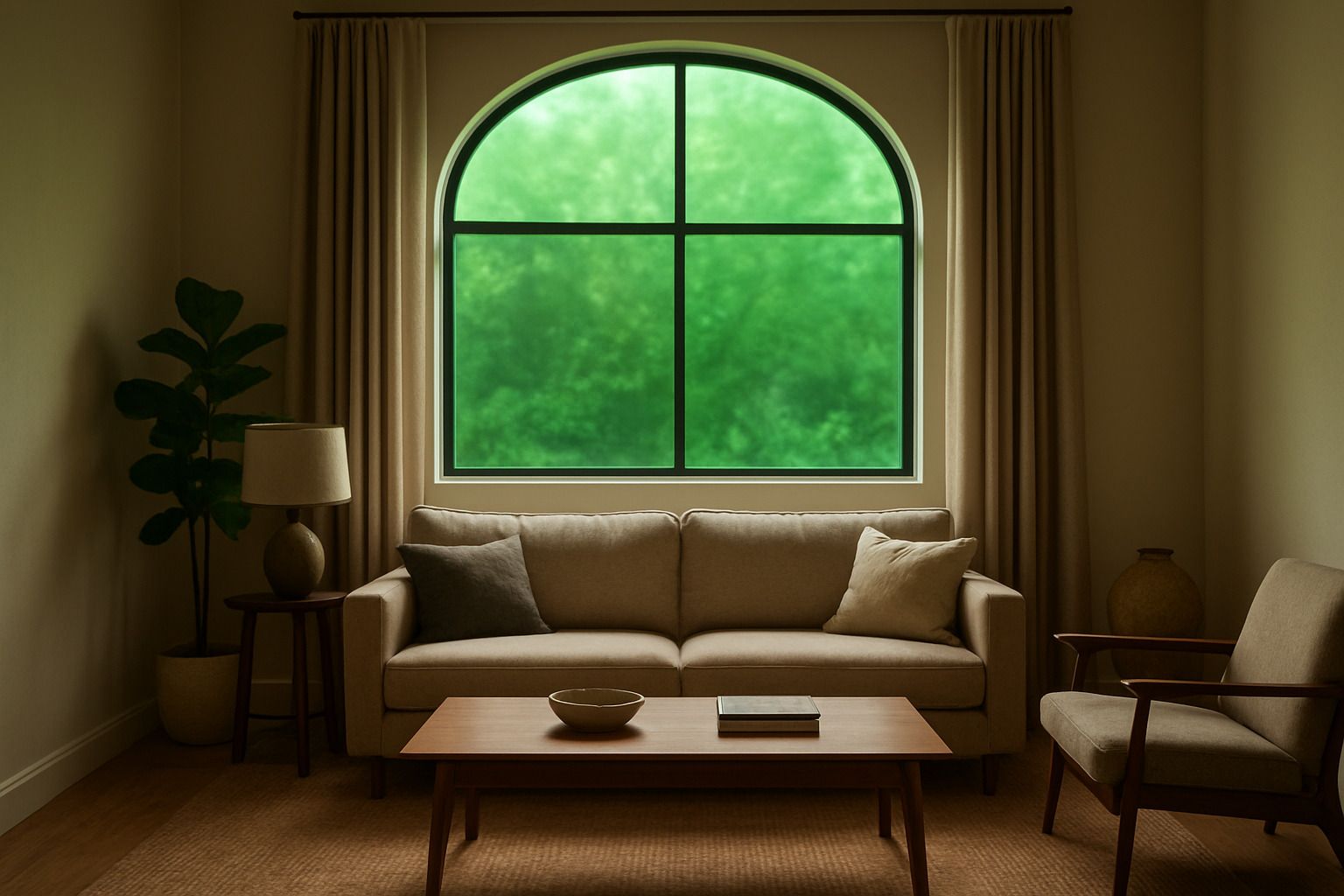
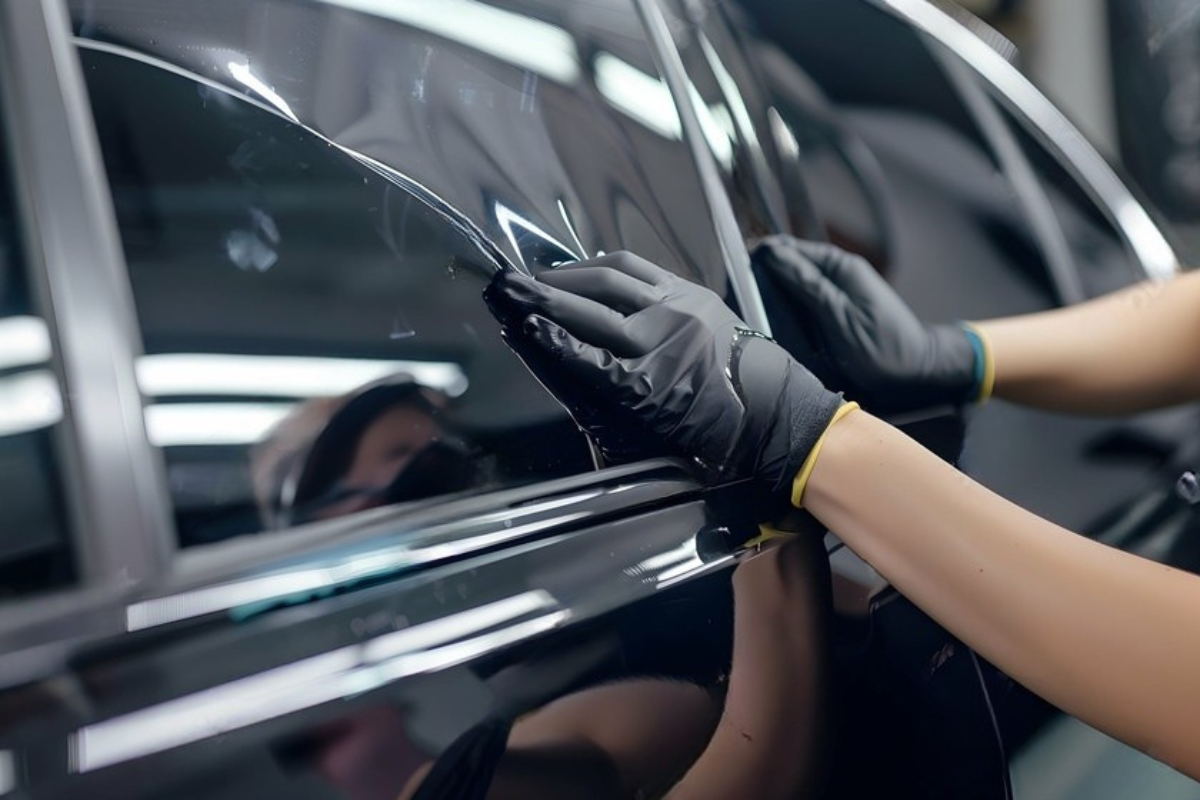
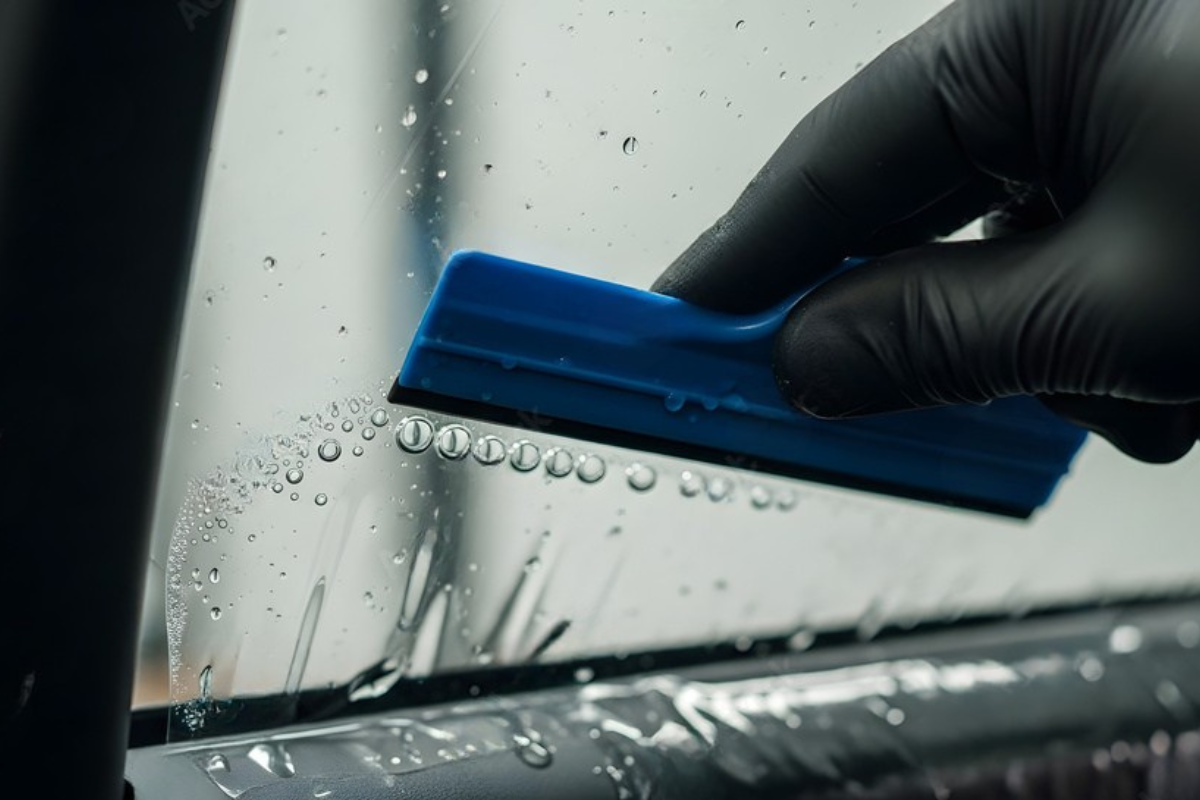
Real Results, Real Durability: Why Cudahy Drivers Trust Tint Integrity for Long-Lasting Window Films
